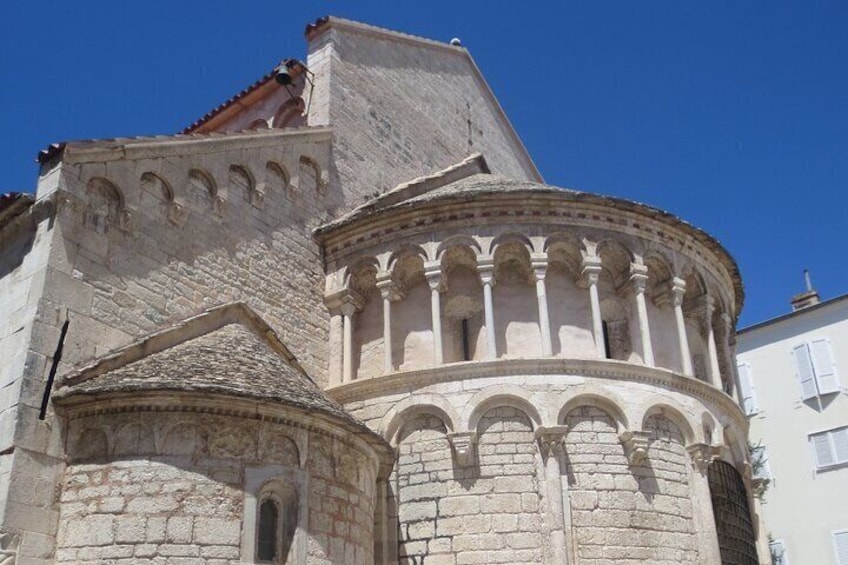
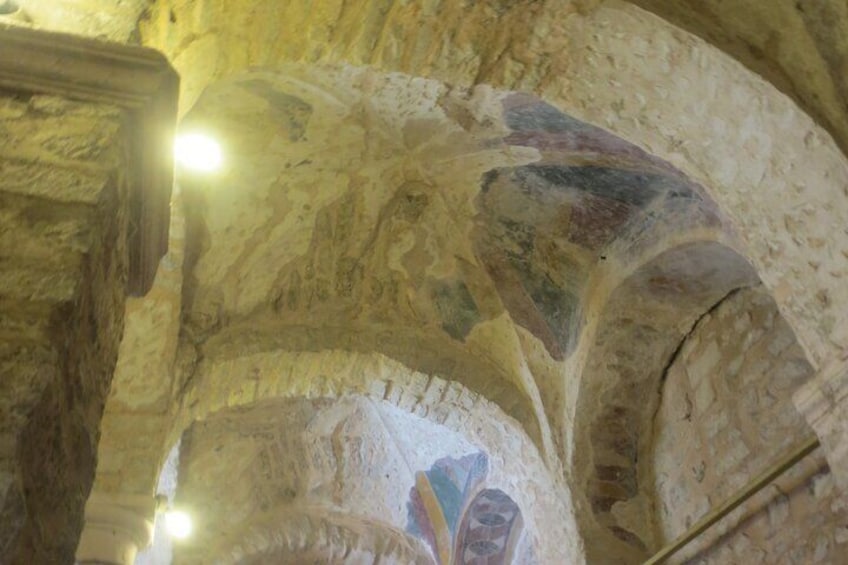
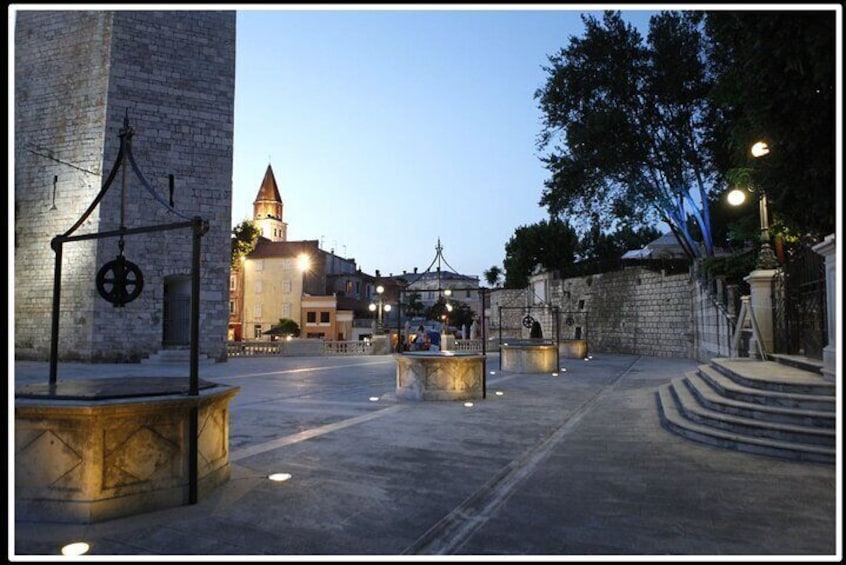
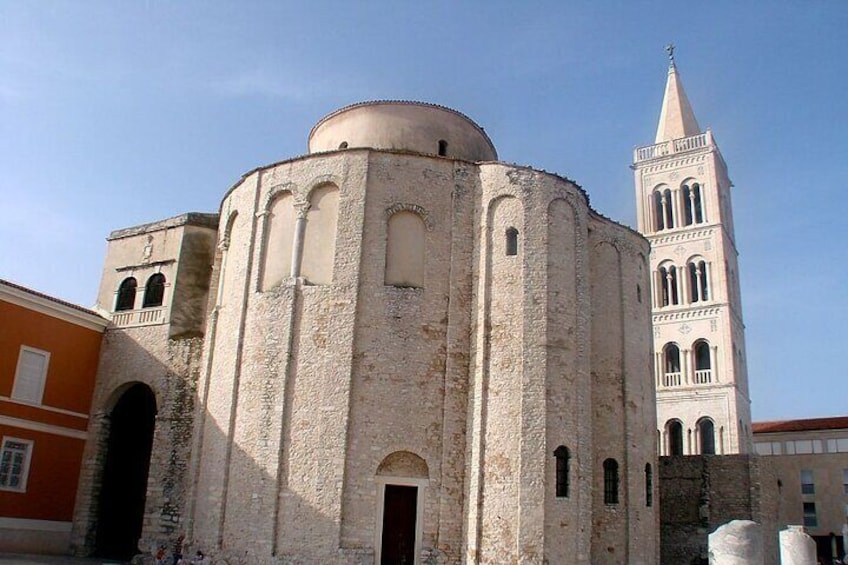
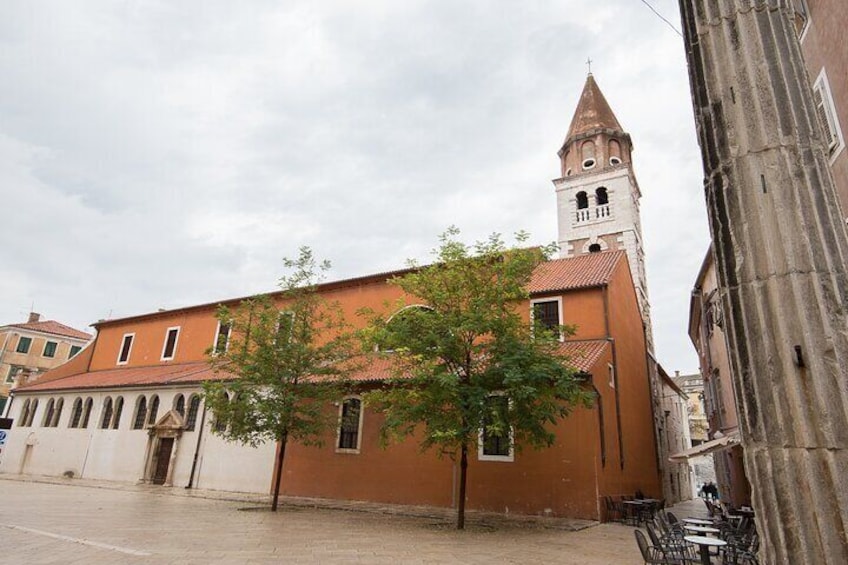
Zadar Historical Guided Walking Tour
10/10
10 out of 10Features
- Free cancellation available
- 1h 40m
- Mobile voucher
- Instant confirmation
Overview
After meeting your tour guide, starts your journey through the ancient history of Zadar. Walking along Zadars streets the guide will show you the entire spectrum of monuments. Taking you into the past by retelling the stories and legends you will feel the pulse of the town from past and todays everyday living. During the walk you will see the Old City, stop by the Church of St. Donat that lies on the ancient Roman forum bulit from the 1st century BC to the 3rd century AD, Cathedral of St. Anastasia, Sea Gate, Land Gate, City Walls and the Square of Five Wells… At the end of the tour you can take your time listening the unique sound of the Sea organ or enjoy a view of the beautiful sunset. The tour guide would be glad to give you suggestions regarding restaurants and shops to make this trip a memorable one!
Activity location
- Narodni trg u Zadru
- Main Square
- 23000, Zadar, Croatia
Meeting/Redemption Point
- People's Square
- 23000, Zadar, Zadarska županija, Croatia
Check availability
Zadar Historical Guided Walking Tour
- 1h 40m
- English
What's included, what's not
- All Fees and Taxes
Know before you book
- Wheelchair accessible
- Infants and small children can ride in a pram or stroller
- Service animals allowed
- Public transport options are available nearby
- Transport options are wheelchair accessible
- All areas and surfaces are wheelchair accessible
- Suitable for all physical fitness levels
Activity itinerary
Narodni trg u Zadru
- 10m
Narodni trg u Zadru
- 10m
St. Simon's Church
- 10m
Five Wells Square (Trg 5 Bunara)
- 10m
Perivoj kraljice Jelene Madijevke
- 10m
Trznica Zadar
- 10m
Church of St. Krsevan
- 10m
Cathedral of St. Anastasia
- 5m
Church of St. Donatus
- 7m
Church of St. Donatus
- 7m
Location
Activity location
- Narodni trg u Zadru
- Main Square
- 23000, Zadar, Croatia
Meeting/Redemption Point
- People's Square
- 23000, Zadar, Zadarska županija, Croatia